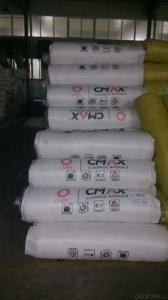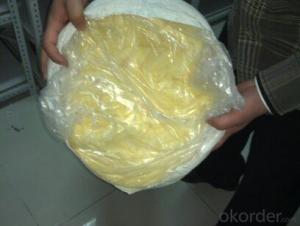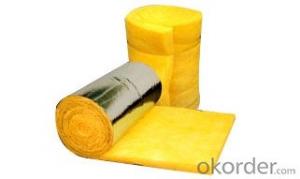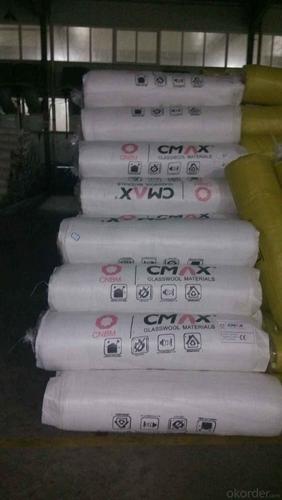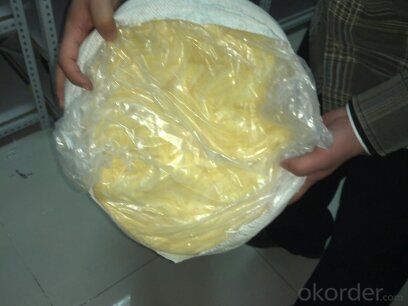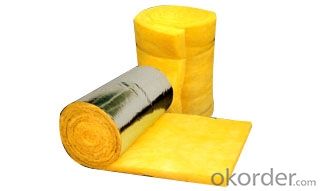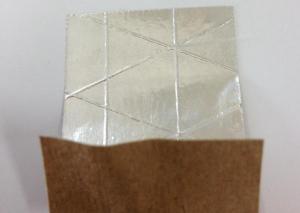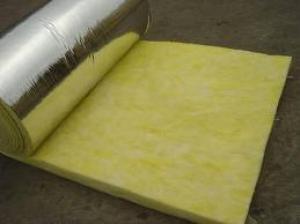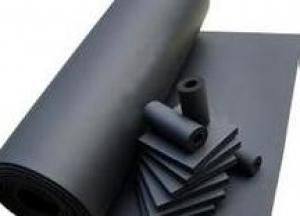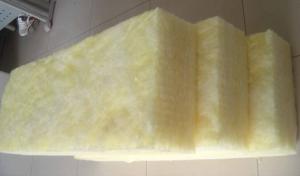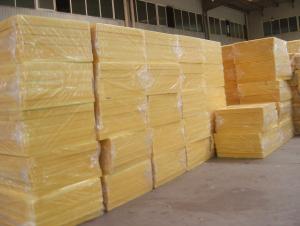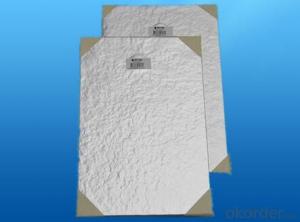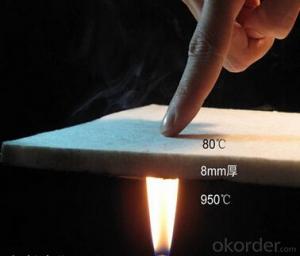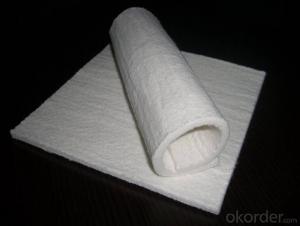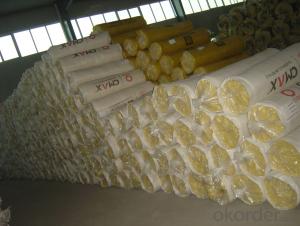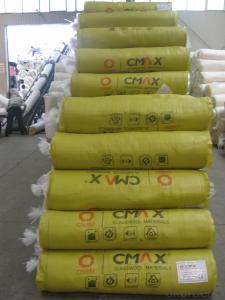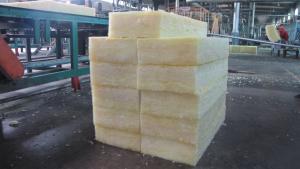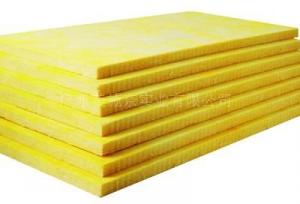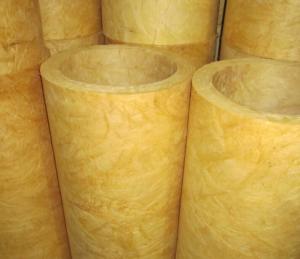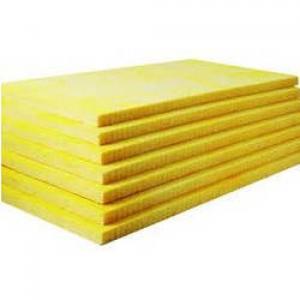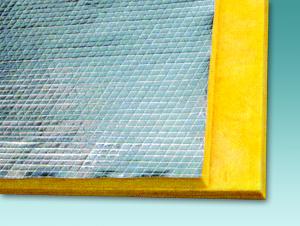Glass Wool Thermal Insulation Blanket
- Loading Port:
- China Main Port
- Payment Terms:
- TT OR LC
- Min Order Qty:
- -
- Supply Capability:
- -
OKorder Service Pledge
OKorder Financial Service
You Might Also Like
Production Description
Glass wool blanket is in flexible form for ease of installation over large areas. Both products are available to order with a wide range of density and thickness, and with various types of facing applied.
Standard Size
Item | Unit | Index |
Density | Kg/m3 | 10 - 48 |
Thickness | mm | 25-150 |
Width | mm | 1200 |
Length | mm | 5000-30000 |
Remark:
Other sizes available upon request Facing materials can be applied upon request
Technical Data
Item | Unit | Index |
Average Fiber Diameter | μm | 5-7 |
Water Content | % | ≤1 |
Grade of Combustibility |
| Non-Combustible Grade A |
Thermal Conductivity ( 25℃) | W/mK | 0.038- 0.045 |
Reshrinking Temp | ℃ | ≥250 |
Hydrophobic | % | ≥98 |
Moisture Rate | % | ≤5 |
Noise Resistant Coefficient (NRC) |
| 0.75 |
Slag Inclusion Content | % | ≤0.3 |
Application
Glass Wool are widely used in public, commercial and residential buildings as well as industrial plants, for applications such as roofing, external wall, partition wall and floating floor to provide fire protection, thermal insulation, acoustic control and condensation control.
- Q: what is the quota of glass wool rigid section of thermal insulation.
- what is the meaning of your words! are you asking the size! (I am a thermal insulation material wholesalers and if you have any questions please ask me)
- Q: What is the heat conductivity coefficient of glass wool ?
- Glass wool is a kind of spongiform fibre with silicate mineral which can form glass as main material and certain clinker as auxiliary material through fusion, fiber forming and a certain amount of organic binder. It belongs to inorganic glass fiber. Glass wool thermal conductivity is generally less than 0.1W / mK. If the test temperature is not high (150 ℃ or less), you can use transient plane source method. If the material itself is flocculence, you can measure without processing sample.
- Q: Whether the combustion performance of glass wool blanket can reach A grade
- Glass wool and rock wool are commonly grouped into the category of A grade fireproof material .
- Q: Glass fiber, glass wool, what is the difference
- It is made of glass ball or waste glass as raw material by high temperature melting, drawing, yarn, weaving and other processes made of its monofilament diameter of a few microns to twenty meters a few microns, the equivalent of a hair Of the 1 / 20-1 / 5, each bundle of fiber raw silk by hundreds or even thousands of monofilament composition
- Q: What are the differences between glass asbestos and glass?reinforced?plastics?
- Asbestos is the general term of natural fibrous silicious minerals, which is a silicate mineral fiber fireproof?panels of construction materials. It is the only natural mineral?fiber with good tensile strength, thermal insulation and corrosion resistance performance, thus it has a wide application. There are many kinds of asbestos, the three most common ones are chrysotile asbestos(white asbestos), amosite asbestos(brown asbestos) and crocidolite asbestos (blue asbestos), and the chrysotile asbestos is the most abundant, and commonly-used one. Glass fiber is an excellent inorganic nonmetallic material. The original name in English: glass fiber. Glass balls or discarded glass are raw materials of it. And it is rocessed by techniques of high temperature melting, wire drawing, winding, and weaving. Finally, it becomes various products. The diameter of glass fiber's monofilament is from a few microns to twenty microns which equals to the 1 / 20 to 1 / 5 of human hair. Each bundle of fiber precursors is composed of hundreds of or even thousands of monofilaments. Usually, it is used as reinforced materials,electric insulation materials, thermal insulations and circuit boards in complex materials, and is widely used in various fields of national economy. Glass fibers are twistless roving and textile gauze with different specifications and uses which are twisted. There are two kinds, namely alkali-free (R2O<0.8%, Code E) and alkali (R2O12.0±0.47%, Code C). They are mainly used as reinforcing materials for hand lay-up, lamination, winding and spraying formation of glass?reinforced?plastics, as well as are contributors to the production of electronic insulation, composite, and fireproofing glass?fiber products.
- Q: Is the glass wool poisonous,
- Glass wool is an inorganic fiber, almost no toxic and hazardous substances, a small amount of inhalation of glass wool is not harmful to the human body
- Q: How much does centrifugal pan of glass wool need to invest? ?
- Plus plant and recipe, it is almost 40 million, and the raw material is about 3,000.
- Q: What is the density of high-temperature glass wool ?
- Glass wool thickness 15MM 25MM 30MM 40MM 50MM they have different prices. It depends on what you are used for. Unit weight is 12K 16K 24K 32 48K Higher unit weight has to be customized.
- Q: What is the difference between glass wool and rock wool?
- What is the difference between glass wool and rock wool?
- Q: Glass wool and pef air conditioning insulation material, which one is better?
- It's all right to use rubber and plastic, PEF or glass wool, but it is not recommended to use glass wool which has poor waterproof effect, and try to use rubber! Select the appropriate thickness according the local winter temperature, or it will be frozen if it is too thin in winter.
Send your message to us
Glass Wool Thermal Insulation Blanket
- Loading Port:
- China Main Port
- Payment Terms:
- TT OR LC
- Min Order Qty:
- -
- Supply Capability:
- -
OKorder Service Pledge
OKorder Financial Service
Similar products
Hot products
Hot Searches
Related keywords
